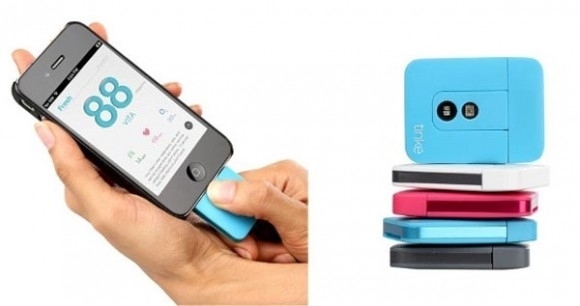 Kinematix (Oporto, Portugal) has launched the FITinSENSE, a shoe fitting system that enables measurement of athletes’ foot pressure, movement and body position for more informed shoe fitting and selection. The FITinSENSE system consists of a thin insole, embedded with microelectronic pressure sensors, that is placed inside a pair of shoes.
Kinematix (Oporto, Portugal) has launched the FITinSENSE, a shoe fitting system that enables measurement of athletes’ foot pressure, movement and body position for more informed shoe fitting and selection. The FITinSENSE system consists of a thin insole, embedded with microelectronic pressure sensors, that is placed inside a pair of shoes.
While wearing the insole and using a treadmill, the athlete’s movements and gait pattern are captured using a regular video camera. In the meantime information from the pressure sensors in the insole are sent to a unit attached to the side of the shoe that then wirelessly transmits it via Bluetooth to a processing unit where it’s finally combined with the gait video from the camera. The processing unit uses the FITinSENSE software to analyze the foot pressure and video data. The processed information is then provided in the form of real time reports to the athlete or a sports biomechanics expert to help select the right footwear for the athlete’s optimal performance.














